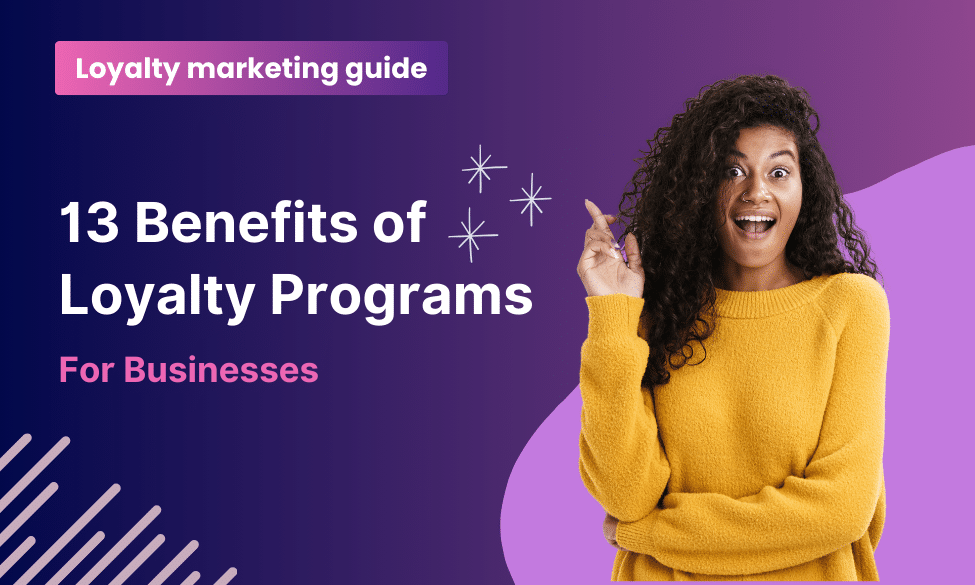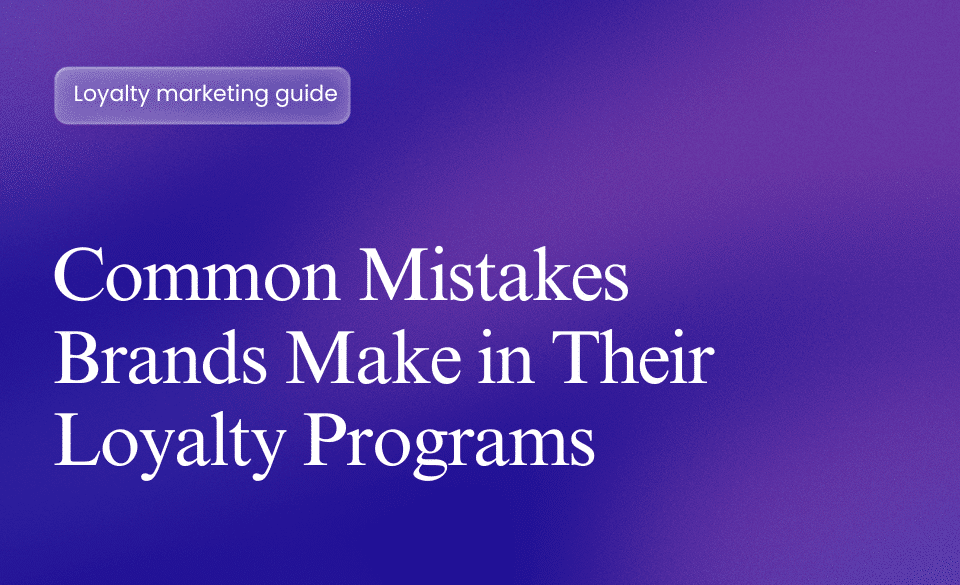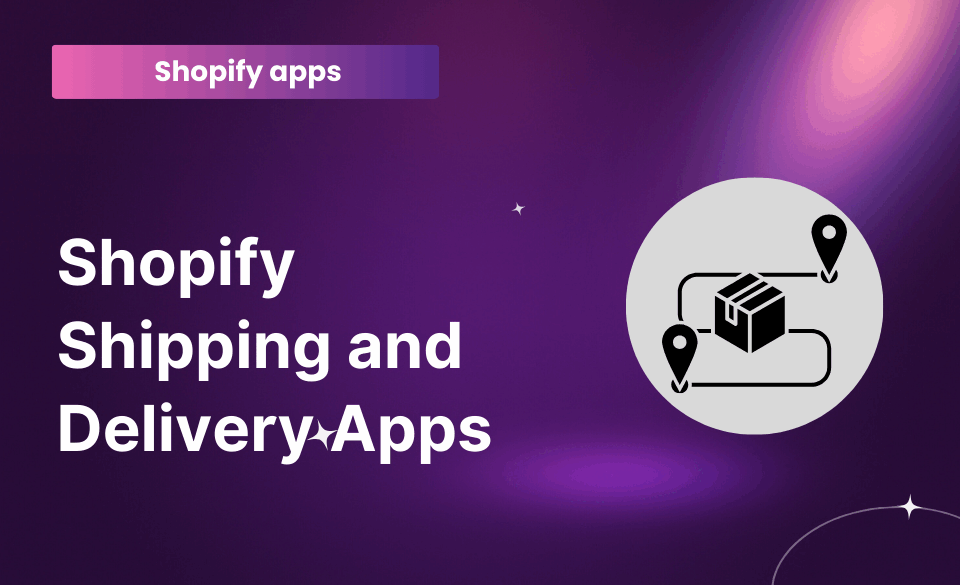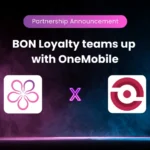
OneMobile x BON Loyalty: We’ve Officially Teamed Up!
31 May, 2024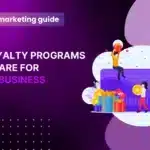
10+ Loyalty Programs Software For Small Business 2024
12 June, 2024Loyalty programs’ benefits effectively cultivate relationships, encourage repeat purchases, and foster development. Whether you’re a well-established brand or a small business starting out, a well-designed loyalty program can be a game-changer.
In this blog article, we’ll look at 12 main customer loyalty benefits.
Understanding Loyalty Programs
Loyalty programs drive consumers to return to your brand by delivering purchase rewards.
Here are the most common formats:
- Points-based loyalty program
- Subscription-based loyalty program.
- Tiered loyalty program.
- Value-based programs.
For example, Sephora Beauty Insider is a conventional points-based program that gives consumers points for every dollar spent. It also provides tiered memberships with unique birthday gifts and early promotions for high-spending consumers.
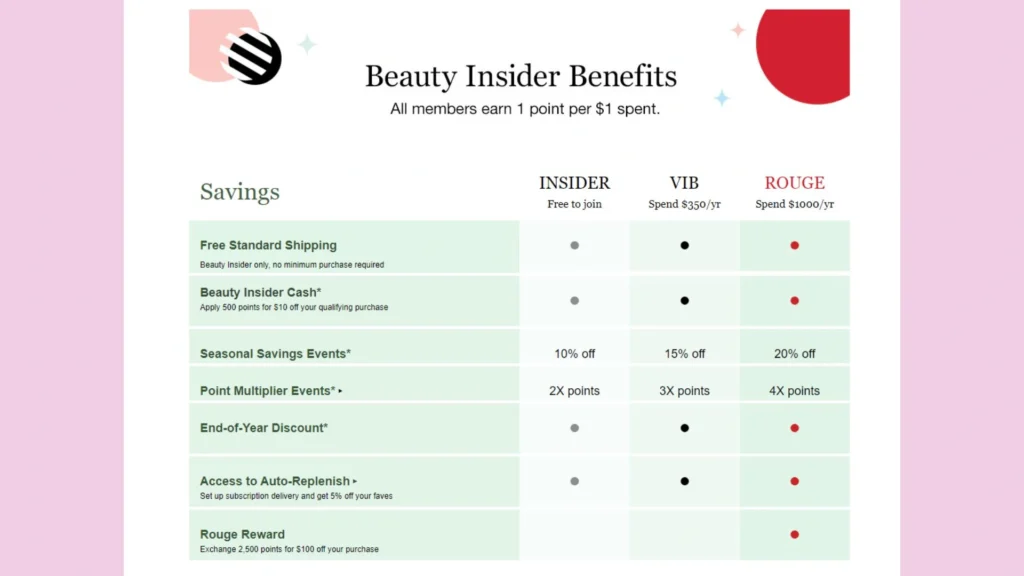
This cycle builds community and exclusivity, increasing customer lifetime value (CLTV).
Key Loyalty Programs’ Benefits For Companies
Here, we’ll describe the 12 primary advantages of starting a loyalty program, stressing how they may help your organization:
1. Increased Customer Retention
Loyalty programs foster connections. Based on a Nielsen’s survey, 84 percent of customers choose companies with loyalty programs. This makes sense: members feel valued and appreciated, which promotes customer retention.
But it’s not just about feeling good. Loyalty programs’ benefits encourage repeat purchases. Every buy brings consumers closer to a reward, encouraging them to return and succeed.
Look at The North Face XPLR Pass for ideas. This outdoor gear brand’s rewards program offers early product access, in-store athlete activities, and free gear rentals. This experience strategy connects committed consumers to The North Face. Its ideas make them brand advocates.
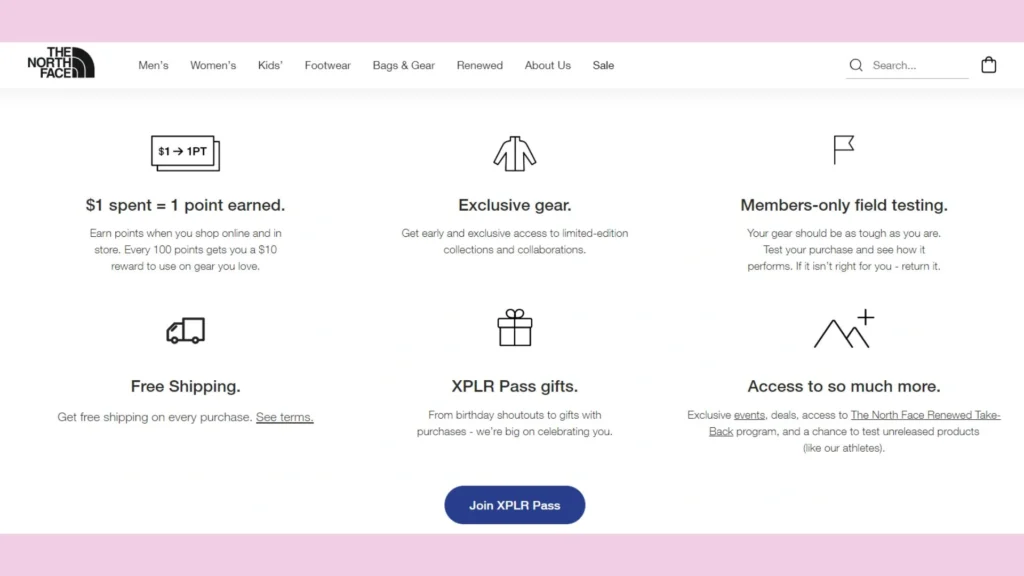
2. Enhanced Customer Engagement
According to Numerator’s survey, 71% of Starbucks app users visit the shop at least once weekly, confirming the program’s high customer engagement. App users were 5.6 times more likely to visit Starbucks daily.
Also, loyalty program benefits encourage customers to interact with your brand in new ways. By offering a points system or rewards for activities like:
- Following you on social media.
- Leaving reviews and providing feedback.
- Participating in special events.
Sephora’s Beauty Insider program is the best example of this. Usually, people see the newest fashion and beauty trends on YouTube. A research study, “Sephora Smart Customer’s Experience Enhancement,” shows that Sephora’s engagement and interaction with online customers have helped it to draw numerous fans.
This strategy has increased Sephora’s YouTube channel membership to 1.42 million by 2024.
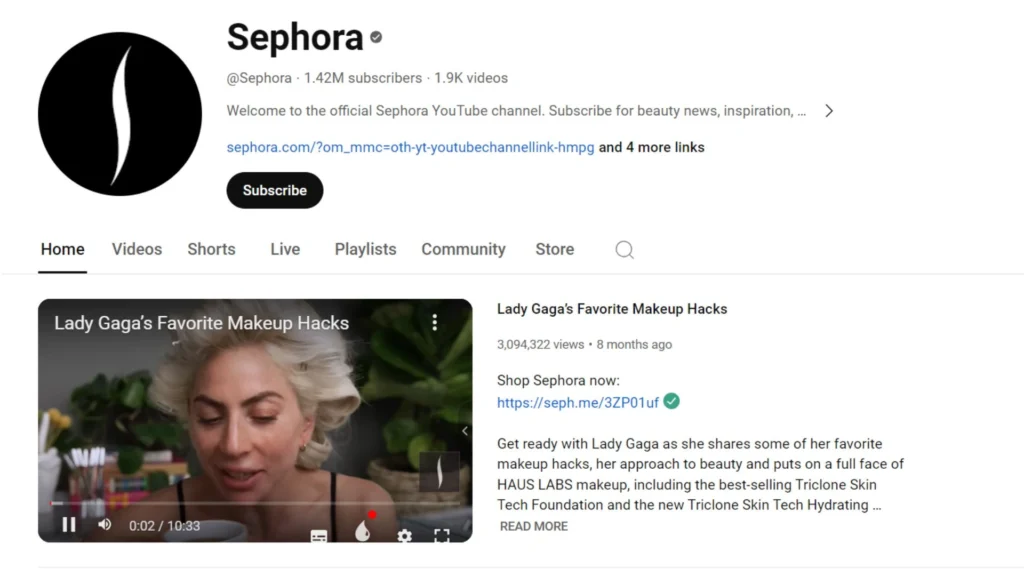
3. Higher Sales And Revenue
The reasons why loyalty programs’ benefits are an excellent instrument for increasing sales and revenue are here:
- Repeat customers, repeat purchases:
It’s simple—loyalty programs incentivize customers to return. Here’s how:
- Points for purchases: This promotes repeat purchasing by establishing a reward point threshold.
- Bonus points for specific actions: Give additional points for email signups, reviews, and social media engagement. This boosts brand loyalty and engagement.
- Tiered reward systems: Customers earn points to get higher rewards and special advantages, encouraging them to keep buying.
Every purchase motivates one to return for more, as it seems like a step towards a reward. This results in a steady income flow from your most devoted fans.
- Brand Advocacy and Customer Lifetime Value (CLTV) maximization:
The Loyalty Report 2022 shows that 72% of consumers believe loyalty programs define their connection with companies. This loyal customer base helps your firm optimize customer lifetime value (CLTV) through loyalty programs—that is, the customer’s whole income over time.
- Improved customer acquisition cost (CAC) ratio:
Harvard Business School Publishing found that a 5% customer retention increase could boost profits by 95%. No doubt, loyalty programs reduce customer acquisition efforts by retaining current customers and boosting sales.
4. Better Customer Data And Insights
Shoppers are willing to share data. An Inmar Intelligence Survey finds that 65% of customers are content to let stores access their data. Loyalty programs use this information to learn a great deal about your consumers.
What kind of insights? These data maintain track of consumers’ purchases, preferences, and interactions with brands. This information includes popular items, customer frequency, and shopping hours. By looking at this behavior, you can plan how to make new products, sell them, and keep track of your stock.
Take inspiration from Nike Membership. They tracked app use, activity (with consent), and athletic preferences. Based on these data, Nike offers personalized training plans on the app.
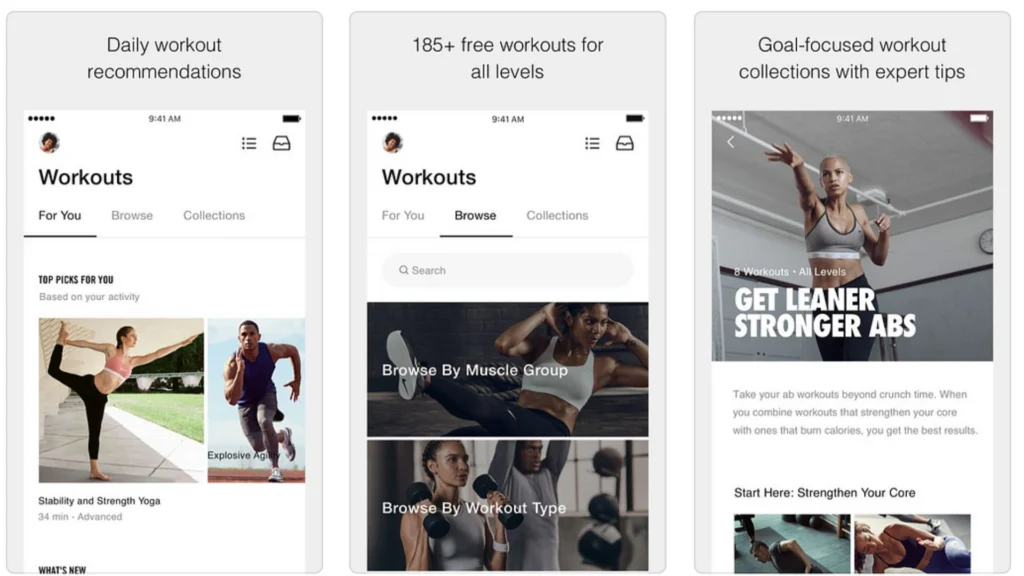
5. Increased Customer Satisfaction
It was found by the Qualtrics XM Institute’s report that almost 90% of customers trust a business to meet their needs if they have a “very good” service rate. Undoubtedly, happy customers are loyal consumers. Here’s how they contribute to a better customer experience:
- Loyalty program rewards make them feel valued:
Loyalty programs show customers the value of their company. Getting points, discounts, or extra benefits beyond a basic buy. This value shows itself in a better customer experience and higher satisfaction.
- Personalization creates connection:
You may build a stronger bond with your customers and make them happier if you honor their tastes. These can include birthday discounts on favorite goods or early access to interest-based deals.
For example, Peloton’s All-Access Membership engages users with customized training challenges and teacher recognition. Their website is filled with testimonials from satisfied customers who value this customization.
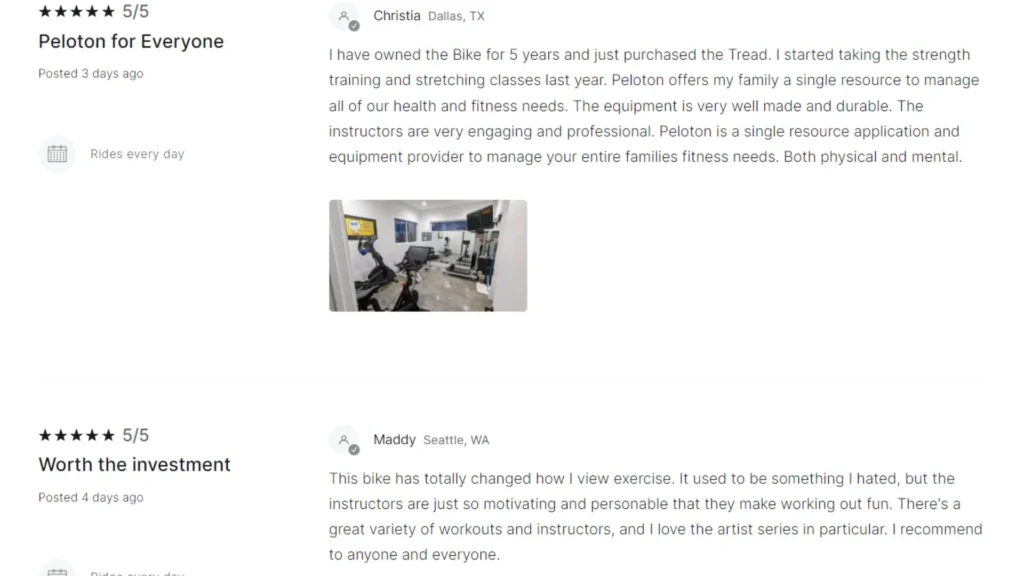
Read more: 14 ways to get more customer reviews.
6. Competitive Advantage
As to The State of Brand Loyalty (2021), even in cases where there are less expensive options available, over half (56%) of customers are prepared to pay more for the companies they are loyal to. In a competitive market, this emphasizes the need of developing consumer loyalty.
Take the coffee industry, for example. Though Blue Bottle Coffee does not have a loyalty program, Starbucks does.
Check the results! Starbucks’ FY2023 second-quarter report shows its loyalty program thrives despite recent changes. Active U.S. membership rose 15% to approximately 31 million.
This is unexpected since fast-food consumers (QSRs) often anticipate more discounts than sit-down restaurants (FSRs). Even though Starbucks’ promotions may provide fewer savings, people remain interested.
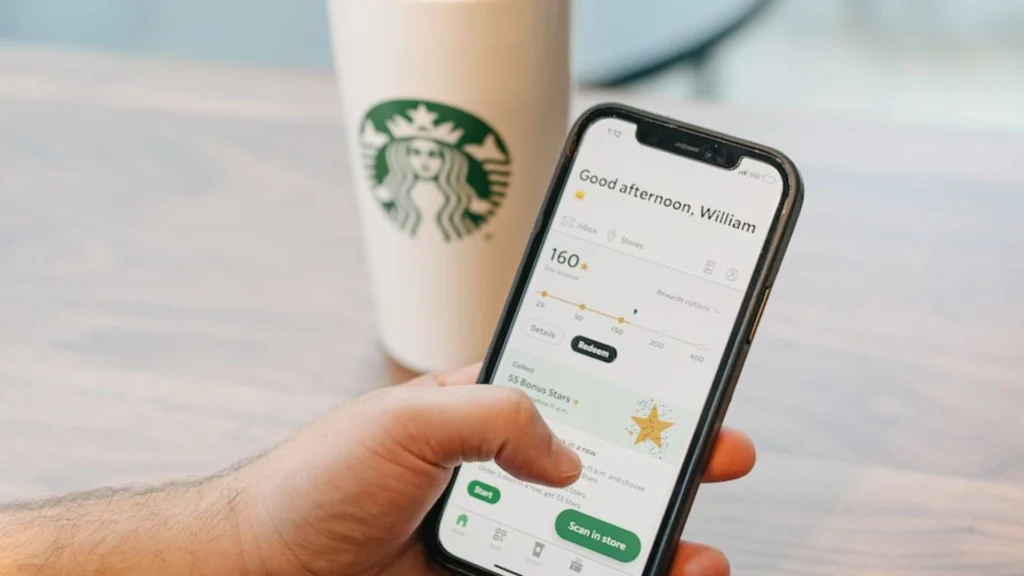
7. Customer Advocacy And Word-of-Mouth Marketing
Motista’s report found that a strong emotional connection with customers makes them likelier to suggest it to others. Your best fans are these devoted consumers who share your items with friends and relatives.
Loyalty programs are a terrific way to foster brand loyalty and promote word-of-mouth promotion. One strategy is to launch a referral program.
Take Reckless Ericka, a lifestyle brand, as an example. Each successful recommendation earns current members a $30 coupon and their friends a $10 discount on their first buy. This results in a win-win scenario that promotes consumer acquisition and brand loyalty.
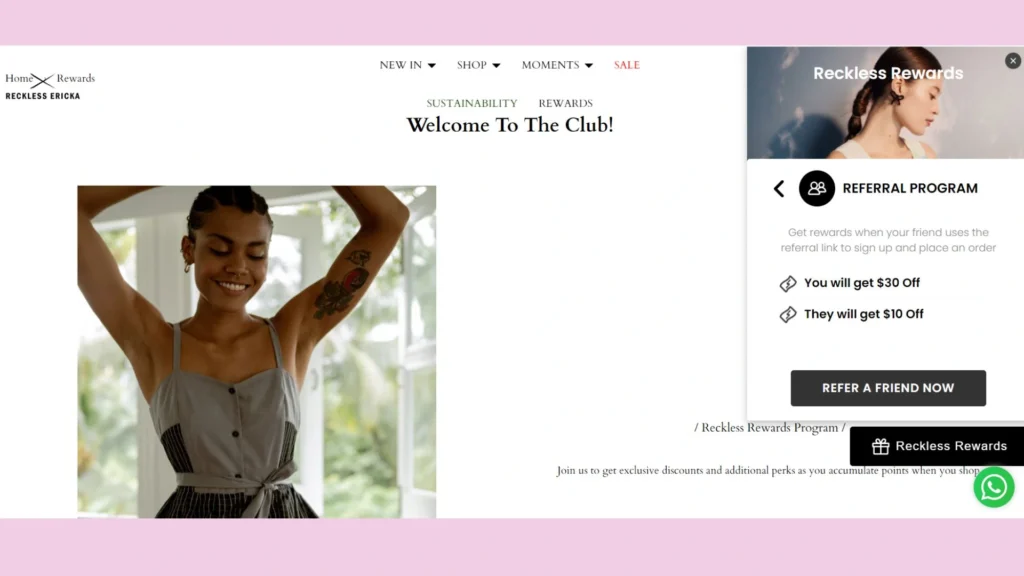
Read more: 12+ ways to get people to join your referral program.
8. Cost-Effectiveness
The price of loyalty program software may vary depending on your needs. Lightspeed Commerce’s blog shows it’s in the Goldilocks zone—just right for your business, neither too expensive nor too basic. For many shops, $60–200 per month is ideal.
The good news is that, while increasing expenses, loyalty programs usually provide value. Sixty percent of respondents in a KPMG consumer study said they would still purchase at a more expensive retailer to get loyalty points. That’s why loyalty programs might provide a good return on investment (ROI).
According to Antavo’s GCLR 2023 survey, 80.2% of businesses evaluate the loyalty program ROI (return on investment), with 80% suggesting a positive result. Businesses that use loyalty programs have a 4.9x return on investment.
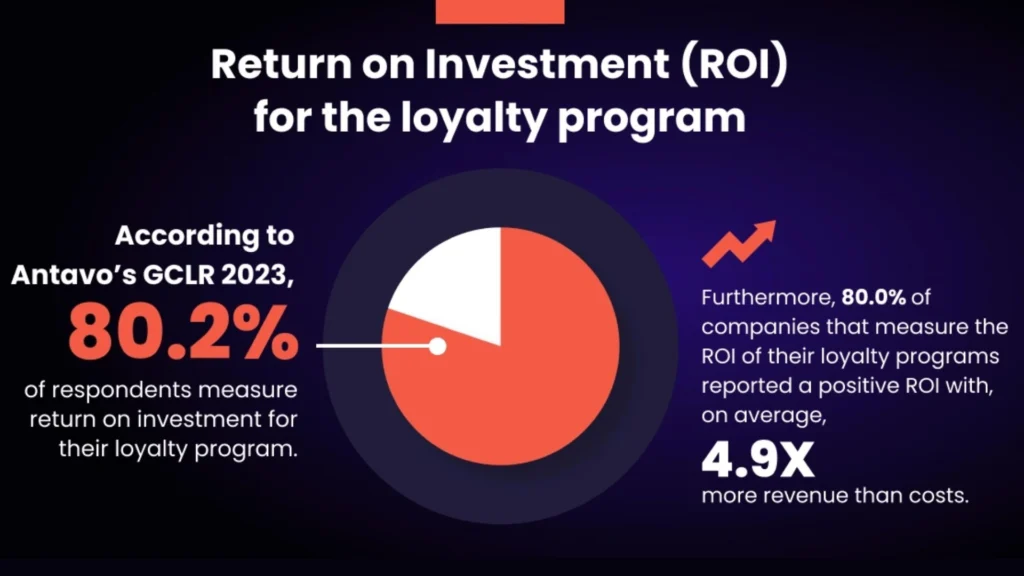
By choosing the right loyalty program software for your business, you measure the ROI (return on investment) of your loyalty program.
You may read more about five affordable customer loyalty programs for small businesses.
9. Personalized Marketing Opportunities
“The Power of Me: The Impact of Personalization on Marketing Performance” states that companies that offer personalized experiences will generate 80% more sales.
You can send customers targeted marketing campaigns and personalized rewards by collecting information about customers.
For instance, Sephora emails customize the content using information from its member program. They may recommend products you’ve seen, provide a birthday discount, or advise cosmetic releases depending on your preferences.
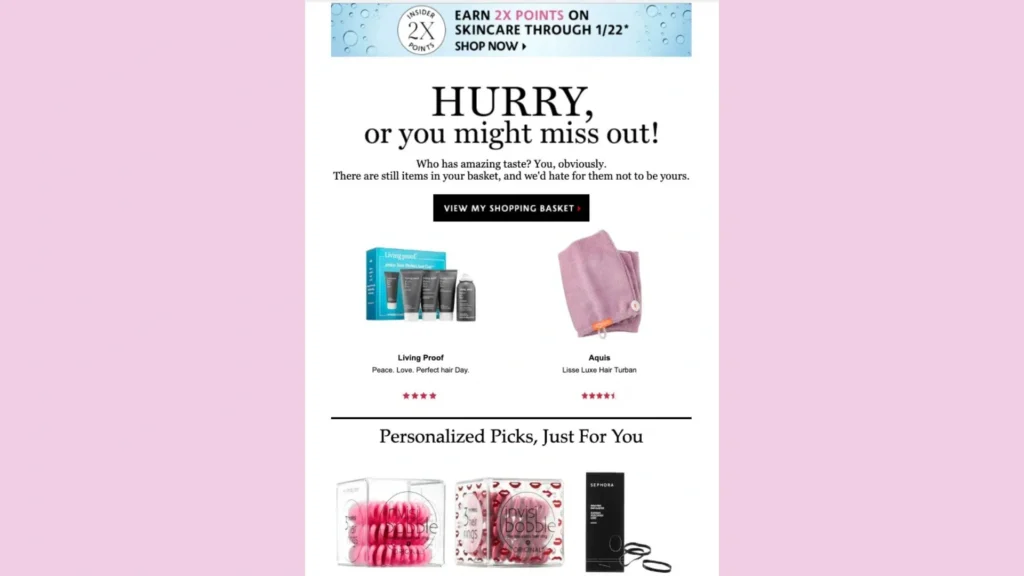
10. Building Long-Term Relationships
Loyalty programs might assist you in developing a community around your brand. These customers are probably going to stick with you for a while.
Here’s how to foster this sense of community:
- Online forums.
- Member-only events.
- Early access to new products.
Get ideas from Sephora’s Beauty Insider Community. Members of this program get early product access, exclusive forums, and events. For years, Sephora has kept customers by creating a sense of community.
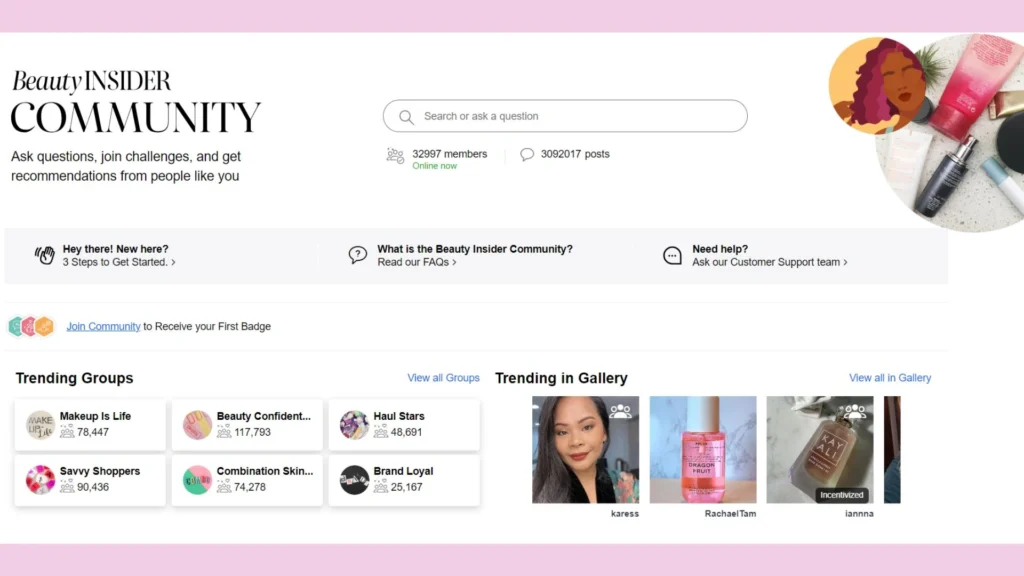
11. Customer Churn Reduction
Loyalty programs keep your brand front and center in your members’ minds. Because of this continuous relationship, they are less likely to look for alternatives.
Also, loyalty programs’ benefits often include features for gathering customer feedback. Keeping customers satisfied and reducing customer churn.
Developing a loyal customer base is critical for any membership company. The good news is that a 5% to 7% annual churn rate rate is considered appropriate.
Read more: Top 10 customer loyalty KPIs to estimate customer churn rate.
12. Attracting New Customers
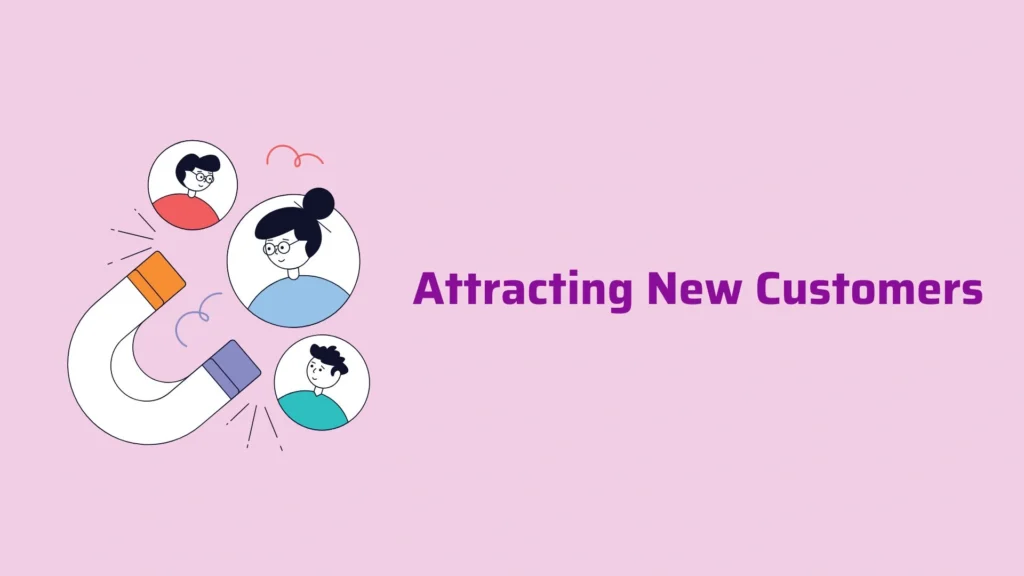
There’s no doubt that everyone loves a good deal. Customers interested in loyalty programs want discounts, unique deals, and free stuff. These incentives get consumers to experience your brand and become loyal customers.
According to McKinsey’s study, referrals from others generate twice as many sales as sponsored advertisements. It promotes your brand, encourages customers to try it, and boosts word-of-mouth marketing to attract new customers.
13. Creating a Sense of Community
A loyalty program brings together people interested in your products or specialty. This provides a forum for interaction and conversation, promoting community.
Here’s how loyalty programs can influence customer stories:
- Product reviews & recommendations: Encourage members to comment and provide feedback. This benefits other consumers while also fostering trust and knowledge sharing within the community.
- Member spotlights: Highlight loyal consumers’ program successes. This inspires and shows the significance of community.
- Social media integration: Share member experiences and program advantages on social media. This natural promotion boosts community spirits via word-of-mouth marketing.
Be inspired by M.A.C Lover. They encourage members to write product reviews to receive 10 points for the loyalty program. Utilizing user-generated content, this tactic enables them to naturally increase brand exposure.
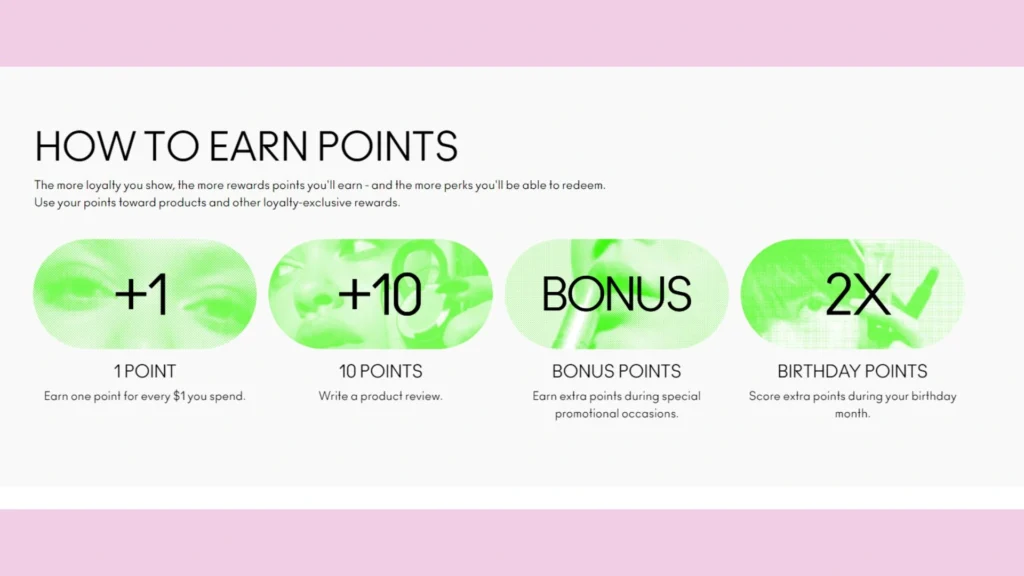
Common Challenges & Considerations For Small Businesses
Even the best loyalty programs need careful planning. Here are two main typical loyalty program difficulties and solutions for small businesses:
Talent & Resource Constraints
According to a CNBC study, 52% of CNBC respondents said labor quality was the biggest issue for small firms. To create a successful loyalty program, you have to hire qualified staff who know your company objectives and can collaborate.
Solutions:
- Focus on skills and passion.
- Consider outsourcing.
Limited Resources
Financial restrictions and restricted access to resources and technology might impede effective program implementation.
Solutions:
Use a loyalty program with necessary features, online/POS connectivity, and app integration.
If you have a Shopify store, the BON Loyalty app is the top recommendation. This Shopify app motivates customers to come back with 18+ ways to earn points, from online purchases to in-store visits (POS integration).
In addition, the BON app customizes the loyalty widget, loyalty page, emails, and other program information to provide a consistent experience.
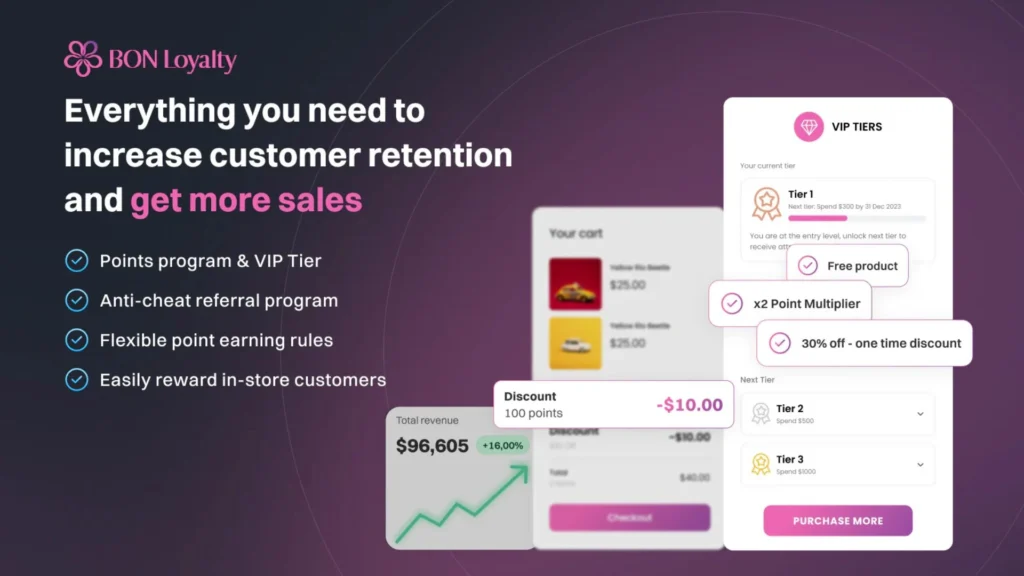
Conclusion
Businesses of all kinds may get loyalty programs’ benefits. By giving customers rewards, loyalty programs can greatly increase the number of return sales, and general brand loyalty.
A successful loyalty program doesn’t have to be complex. Start easy, customize it for your brand and target market, and change in response to data and customer input.
Remember that BON Loyalty apps for Shopify’s wide range of features and easy integration let you create a loyalty program that engages customers and builds your brand.
For more great tips for creating a customer loyalty program that drives sales and engagement, read more:
- How to Set Up the Best Loyalty Program for Your Ecommerce Store?
- 50 Loyalty Program Name Ideas To Keep Customers Stay.
Case studies of successful loyalty programs:
- Uber Referral Program: How Does An Uber Cab Reach Us?
- Learn From The Nike Rewards Case Study.
- How Does Sony Rewards Work, And Why Is It So Successful?
FAQs
1. What Is The ROI Of Loyalty Programs?
The loyalty program ROI is the ratio of the loyalty program’s net profit to operating costs. It shows your loyalty program earnings per dollar.
A greater ROI indicates a more lucrative and efficient loyalty program. A lower ROI shows that your loyalty program is less successful and may need upgrading.
2. How Do Customer Programs Impact Brand Loyalty?
Here’s how loyalty programs’ benefits create a positive impact:
- Incentivize repeat business.
- Create a sense of community and belonging.
- Personalize the customer journey.
- Collect valuable customer data.
- Positive reinforcement & emotional connection.
Implementing a well-designed loyalty program can assist you in cultivating deeper customer connections, fostering brand loyalty, and ultimately promoting long-term company growth.
3. Can Small Businesses Benefit From Loyalty Programs?
Absolutely! Small companies may capitalize on loyalty programs’ advantages to compete with bigger brands and establish a loyal consumer base.
Lindsey Nguyen is a Content Marketing Specialist at BON Loyalty, specializing in digital marketing and eCommerce. At BON Loyalty, she crafts content that empowers Shopify store owners to build and sustain thriving customer relationships through innovative loyalty programs. Her articles, often featured on the BON Loyalty blog, provide valuable strategies and insights that help businesses enhance customer loyalty and increase customer lifetime value.
